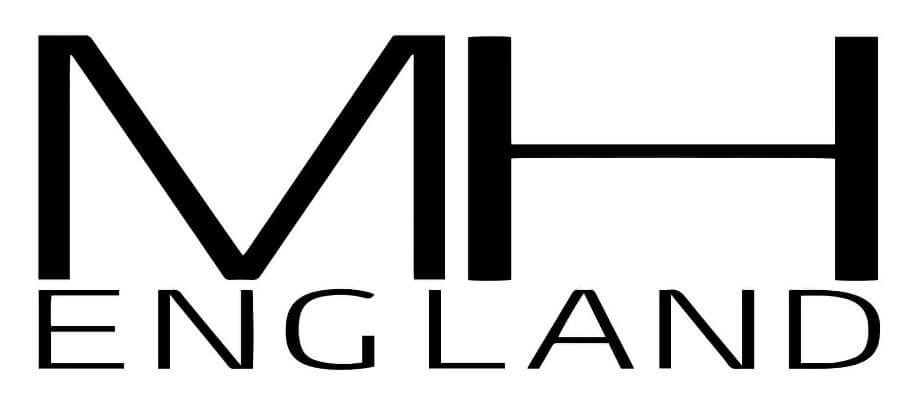Street style has long been a powerful influence in fashion, particularly regarding hat trends. In the UK, the relationship between street culture and headwear has been dynamic, with hats serving as both a practical accessory and a statement piece. Our latest article looks into the evolution of hat trends through the lens of street style, exploring the key influences, developments, and how these trends have shaped and been shaped by broader cultural movements.











The Origins of Street Style Influence on Hats
The Role of Subcultures
In its early forms, street style was heavily influenced by various subcultures. In the UK, this can be traced back to the post-war period, where Mods, Rockers, and later Punks each had distinctive headwear. For example, the Mod movement of the 1960s popularised narrow-brimmed trilbies and pork pie hats, which became synonymous with the sharp, tailored look of the era.
The Emergence of the Hip-Hop Influence
In the late 20th century, the influence of American hip-hop culture began to permeate UK street style, bringing with it a new wave of hat trends. Baseball caps, beanies, and bucket hats became staples in urban fashion, often worn with a distinct tilt or styling that reflected individual identity and group affiliation. This era marked the beginning of hats being seen as functional and an essential element of streetwear.
Key Developments in Hat Trends
The Rise of the Beanie
The beanie, once a utilitarian item meant to keep the head warm, found new life through the skate and grunge scenes of the 1990s. In the UK, it became a symbol of rebellion and non-conformity, often worn slouched or rolled up. Its popularity has persisted into the 21st century, becoming a unisex item embraced by all layers of society, from streetwear enthusiasts to high fashion designers.
The Bucket Hat Resurgence
The bucket hat, originally associated with fishermen and outdoor activities, made a dramatic comeback in the late 2010s. This revival was largely driven by the resurgence of 90s fashion and the influence of UK grime and garage scenes. Artists such as Dizzee Rascal and Skepta were often seen sporting bucket hats, which quickly became a must-have accessory. This trend reflects the cyclical nature of fashion, where items from past decades are reimagined and reintroduced.
Snapbacks and the Evolution of the Baseball Cap
Since its introduction into street style, the baseball cap has undergone numerous transformations. In the UK, the snapback – a type of adjustable baseball cap – became particularly popular in the 2010s, influenced by American streetwear and the UK’s music scenes. This period also saw the rise of customisation, with caps featuring logos, patches, and even personalised embroidery, allowing wearers to express their individuality.
The Role of Social Media in Shaping Hat Trends
Influencers and the Democratisation of Fashion
Social media platforms like Instagram and TikTok have significantly accelerated hat trends. Influencers and everyday users alike have the power to set trends by showcasing their street style to a global audience. This has led to a more democratic fashion landscape, where trends are no longer dictated solely by designers but also shaped by grassroots movements.
The Viral Potential of Street Style
The viral nature of social media has meant that street style trends can emerge and spread rapidly. A hat that is featured in a popular post or worn by a celebrity can quickly become a global trend. This was evident with the rise of the “dad hat” in the late 2010s – a relaxed, curved-brim cap that gained popularity after being worn by influencers and celebrities and then shared widely across social media platforms.
Hat Trends and Cultural Identity
Hats as Symbols of Identity
Hats have always been more than just accessories; they are symbols of cultural identity and social belonging. In the context of street style, this is especially true. For example, the flat cap, historically associated with working-class men in North England, has been recontextualised in street style as a retro-chic item, blending nostalgia with modern fashion.
The Intersection of Tradition and Modernity
In recent years, there has been a renewed interest in traditional forms of headwear, such as the beret and the bowler hat, reinterpreted through the lens of contemporary street style. This blending of tradition and modernity reflects a broader trend in fashion where heritage and innovation coexist, creating a dynamic and ever-evolving landscape.
The Future of Hat Trends in Street Style
Sustainability and Ethical Fashion
As the fashion industry increasingly focuses on sustainability, we can expect this to influence hat trends as well. There is a growing demand for ethically produced headwear made from sustainable materials and through fair labour practices. Brands that embrace this ethos are likely to shape the future of street style as consumers become more conscious of their fashion choices’ environmental and social impact.
The Continuous Evolution of Street Style
Street style will continue to be a driving force in hat trends, constantly evolving and adapting to new influences. As global cultures interact more closely through digital platforms, we can expect a fusion of styles from different parts of the world, leading to innovative and eclectic hat trends. The key to staying relevant in this fast-paced environment will be adaptability and a keen awareness of cultural shifts.
The influence of street style on hat trends is undeniable. It reflects broader cultural movements and the ever-changing nature of fashion. From the rebellious beanie to the retro-chic flat cap, street style has continually redefined what headwear means in the UK. As we move forward, the interplay between tradition, modernity, and sustainability will shape the future of hat trends, ensuring that this aspect of fashion remains as dynamic and influential as ever.
